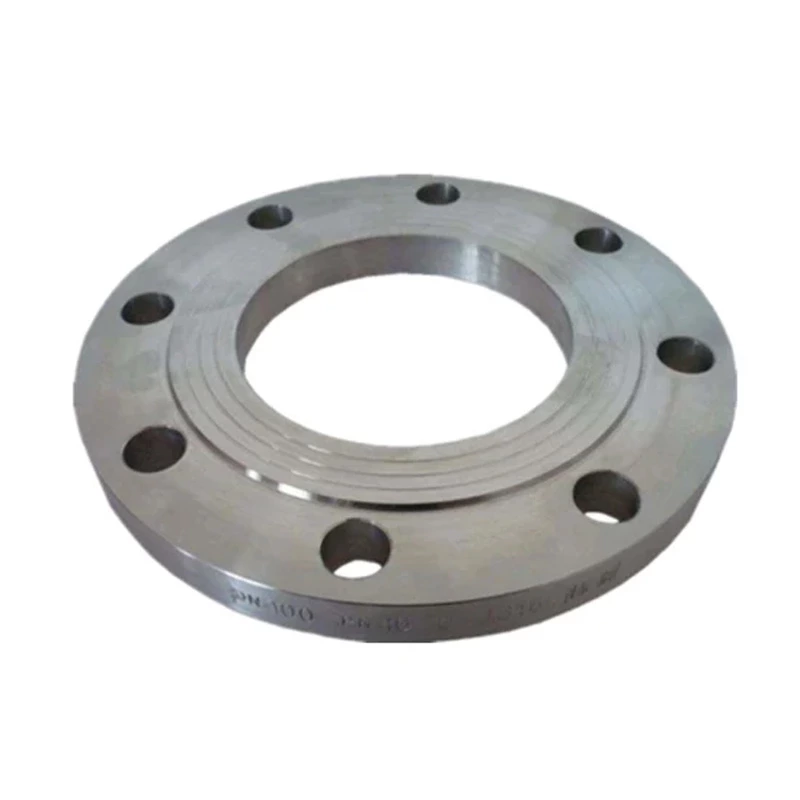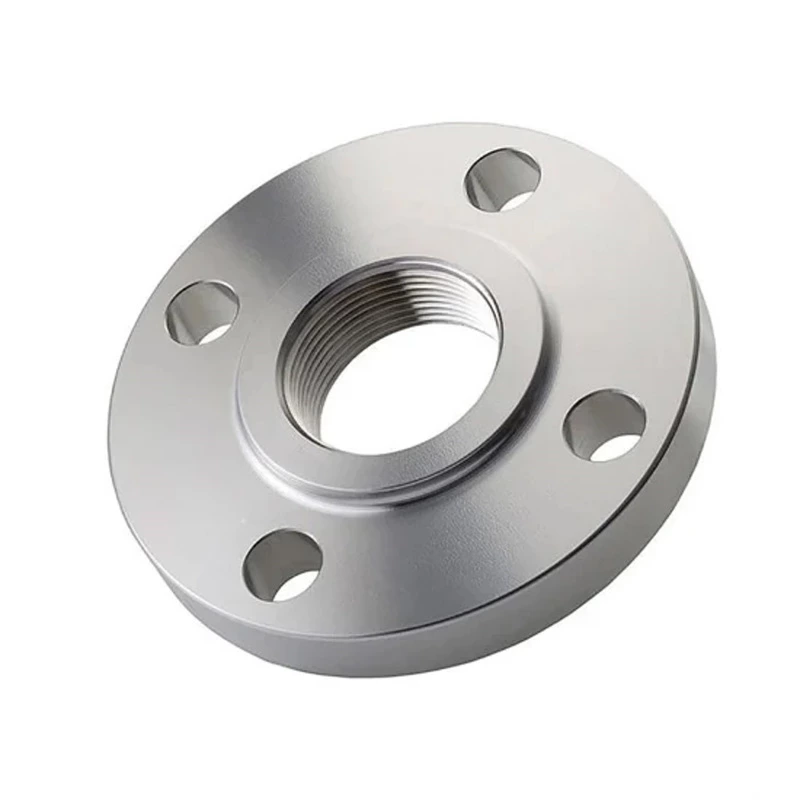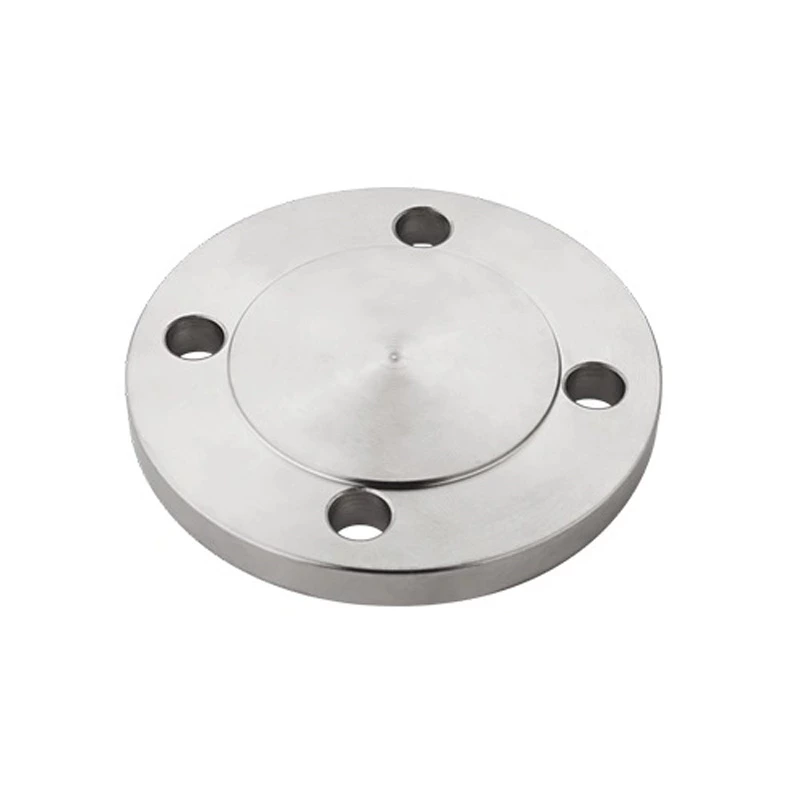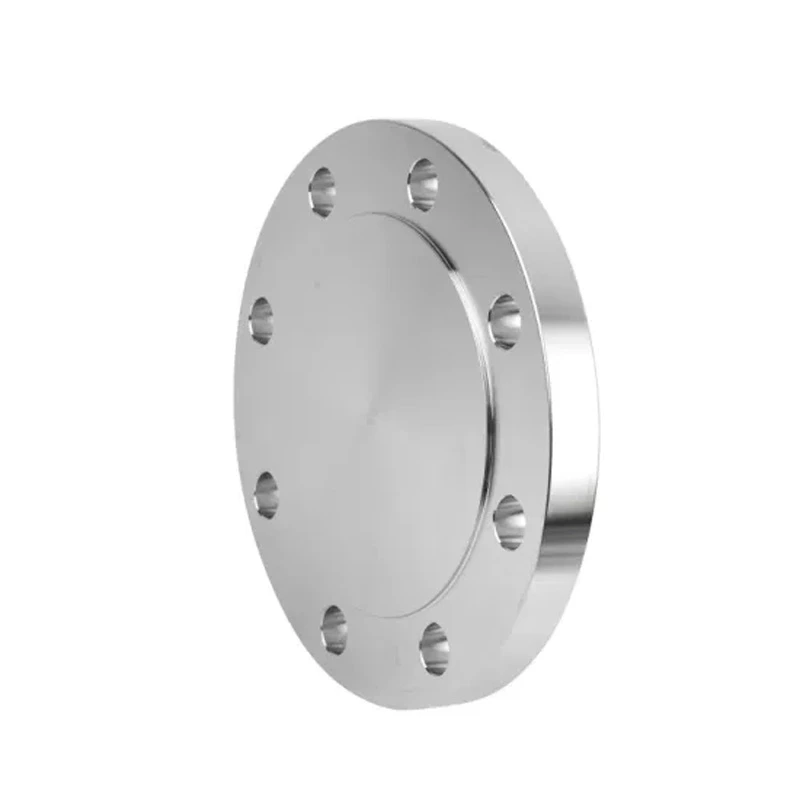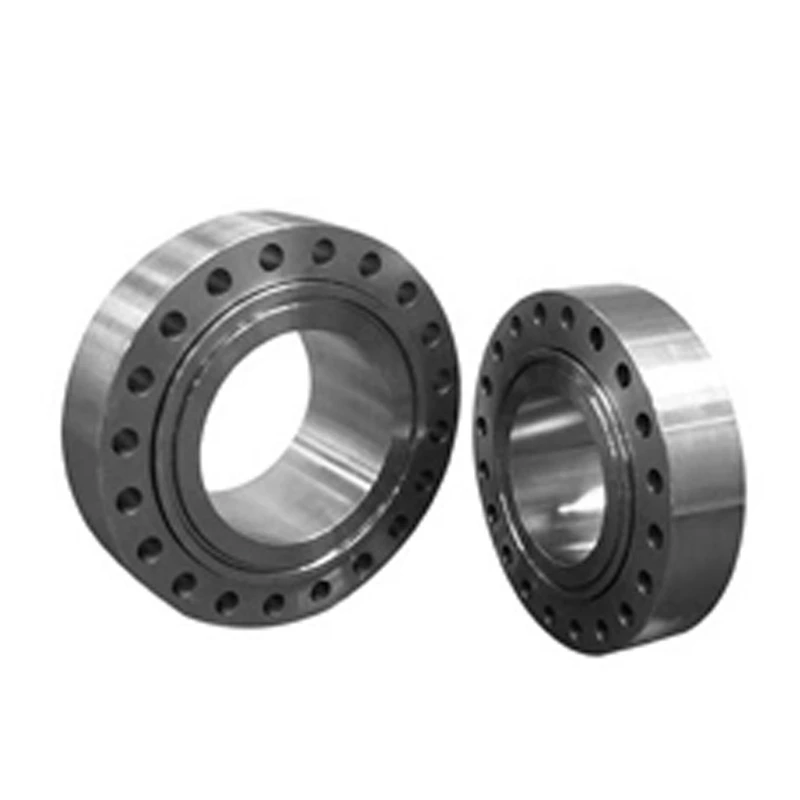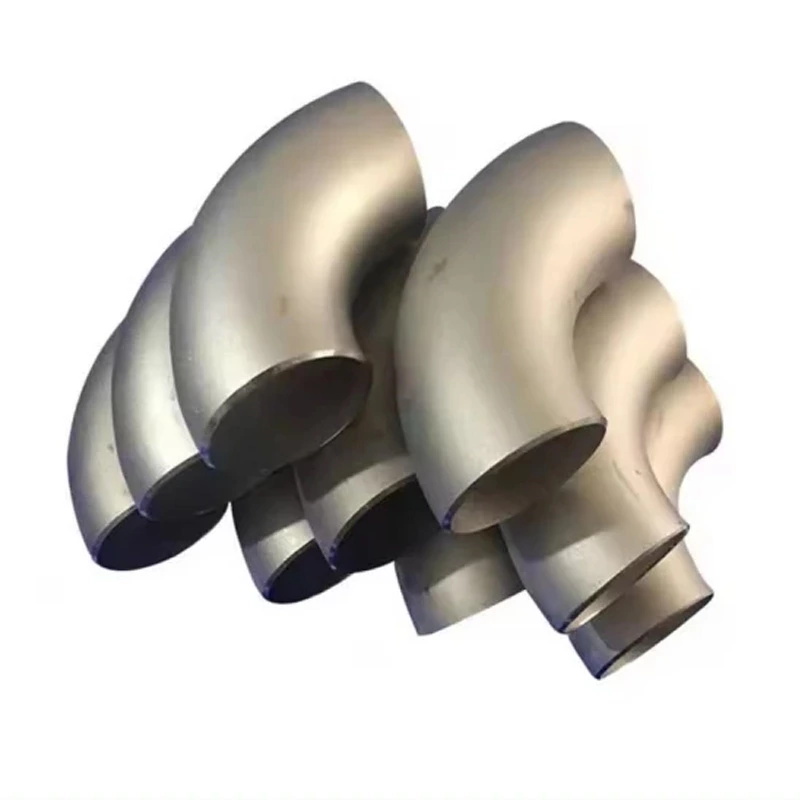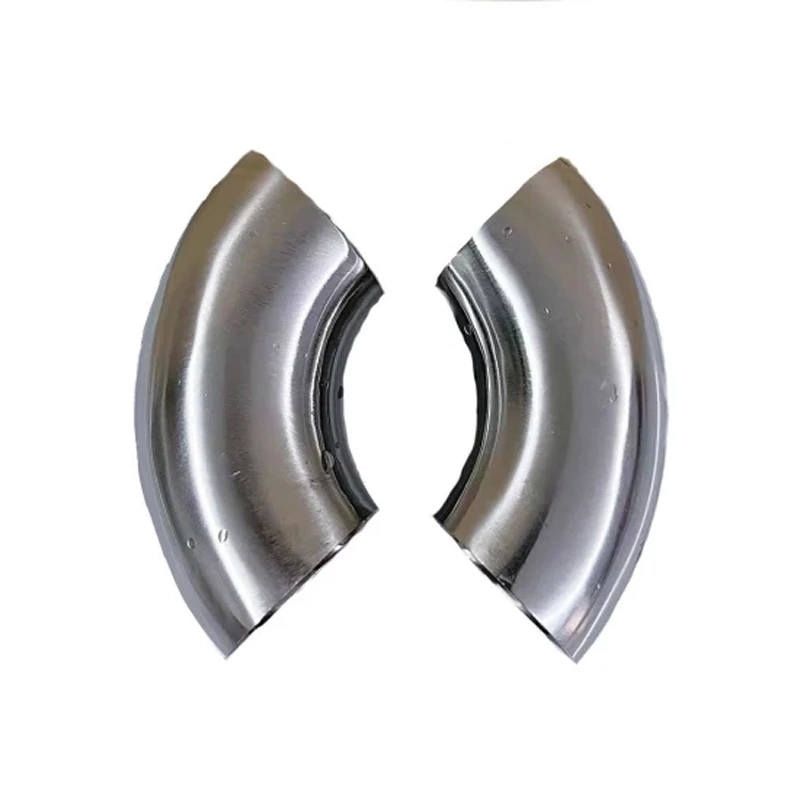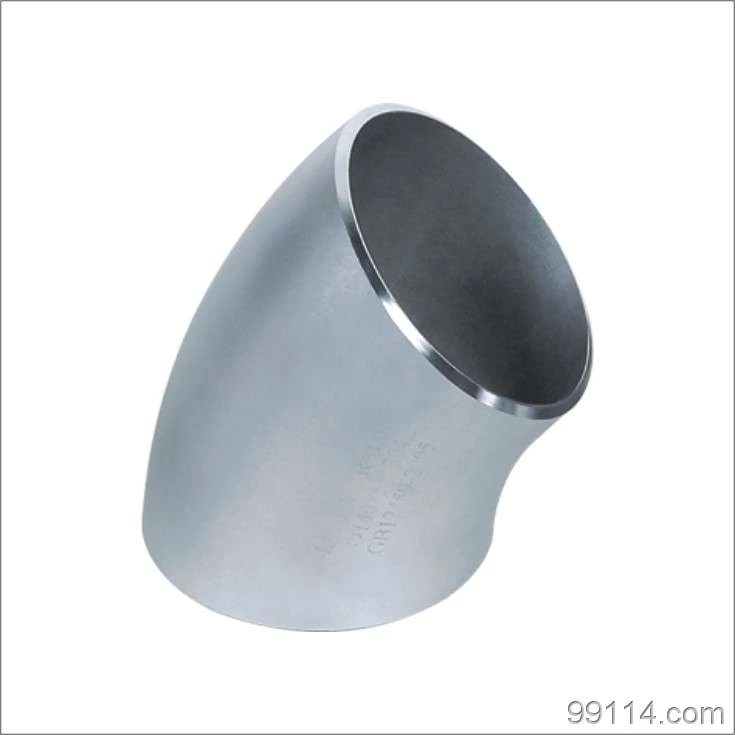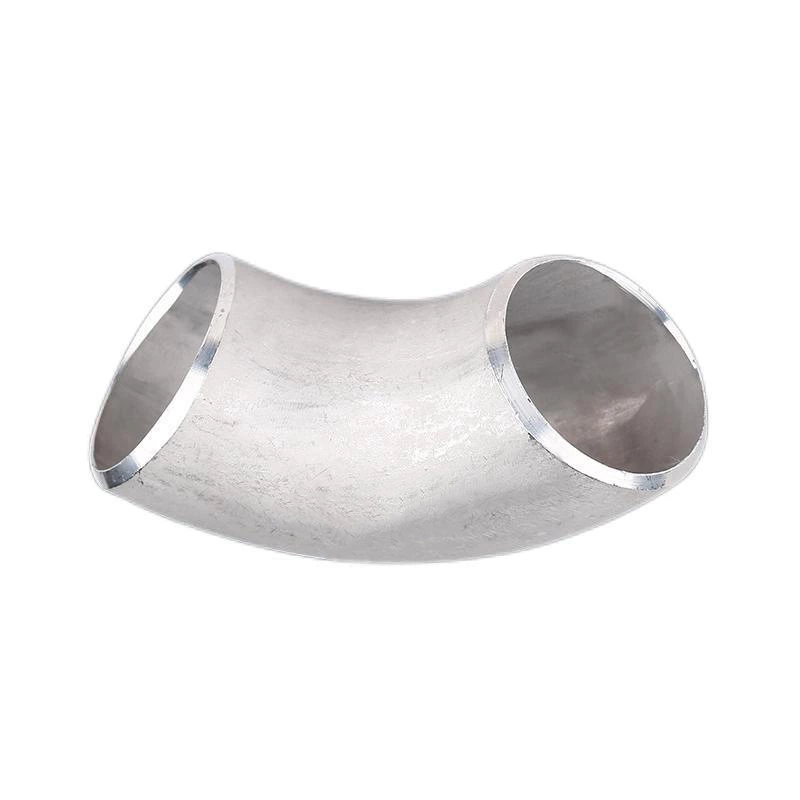What Are The Precision Requirements For Making Large Flat Welding Flanges?
Stainless Steel Flange is used for sealing and fastening joints, with simple installation, flexible direction and long service life in conventional use. They are widely used in large ships in aerospace, petroleum and chemical industries. First of all, the welding of large flange joints must be 100% ultrasonic or radiographic test.
The appearance of large flat welding flanges should not have cracks or other defects in the connection or strength of the lower flange. Long diameter large flange, when the pressure accepted by the operation is equal to or greater than 0.8 times the maximum allowable pressure accepted by the operation specified in the standard.
The butt welds of large flat welding flanges and round pipes shall be 100% X-rayed. This inspection method must be carried out in accordance with the rules in JB4730. The ultrasonic inspection of large flanges belongs to Class I and is a qualified product, and the radiographic requirements belong to Class II. If the pressure-bearing container drawings at the large flange do not meet the requirements for the above inspection of the container shell, it shall be carried out in accordance with the symbols in the contract or drawings.
Equipment required for the welding process
A set of manual electric welding equipment, a handle angle grinder, an electric hammer and a ruler.
Preparation before welding of large flat welding flange
1. Check and debug the equipment to ensure the normal operation of the equipment; 2. Prepare φ4.0J402 welding rod and dry it at 300℃-350℃ for one hour.
Welding process of large flat welding flange
1. Assemble the cone and large flat welding flange according to the drawing, and then divide the large flange into 8 flat parts. 2. Welding Because the flange is thicker and the groove is larger, segmented symmetrical multi-layer welding is adopted.
Welding quality of large flat welding flange
The welding strength is required to at least reach the strength of the parent material. The weld surface is flat and smooth, without burn-through, pores, weld leakage, slag inclusion, undercut and weld deficiency. The remaining height is less than 2mm.
Precautions
1. J506 welding rod must be used for manual surfacing and low current welding. Welding should be carried out strictly in accordance with the welding process. 2. After welding each position, use a level to check the deformation of the large flat welding flange plane. 3. When welding, use an air hammer to hammer the weld to eliminate stress.
